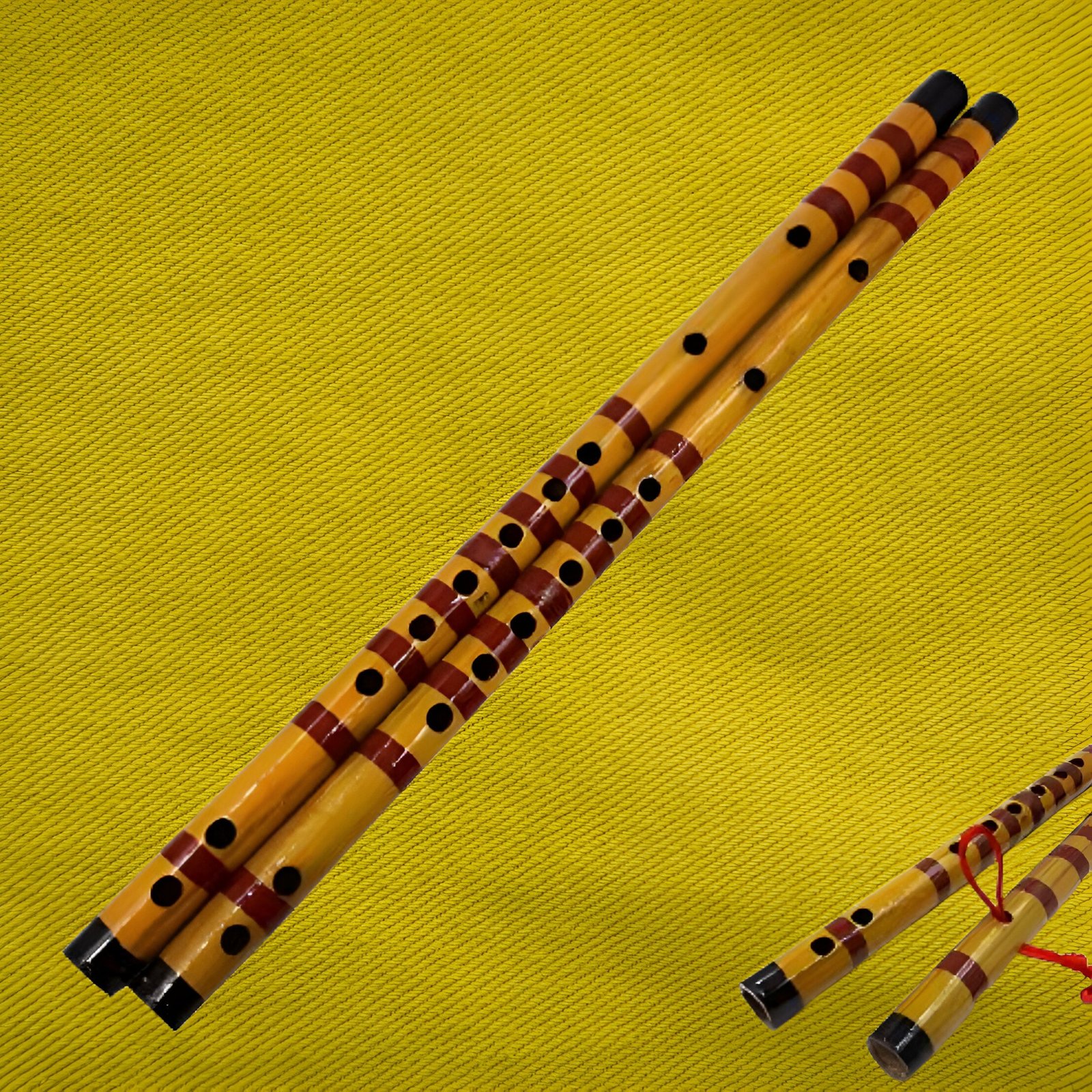The Timeless Beauty of the Indian Bamboo Flute
The Indian bamboo flute, also known as the bansuri, holds a revered place in Indian classical music. Its melodious tones and simple design have captivated listeners for centuries. In this article, we will explore the history, construction, playing techniques, and cultural significance of the bamboo flute.
Origins and Evolution
The origins of the bamboo flute trace back thousands of years. Ancient texts and sculptures often depict the flute as a divine instrument. The earliest references to the flute are found in the Vedas, the oldest scriptures of Hinduism. Over the centuries, the flute evolved in both form and function, becoming an integral part of Indian classical music.
Mythological Significance
In Hindu mythology, Lord Krishna is often depicted playing the flute, enchanting the world with his divine music. The bansuri is considered a symbol of love and divinity, often associated with Krishna’s playful and compassionate nature. This mythological connection has helped the flute maintain its cultural importance throughout the ages.
Influence on Indian Classical Music
The bamboo flute became a prominent instrument in Pakistan classical music, especially in the Hindustani and Carnatic traditions. Renowned flutists like Pannalal Ghosh and Hariprasad Chaurasia have elevated the flute’s status, bringing it to international attention.


